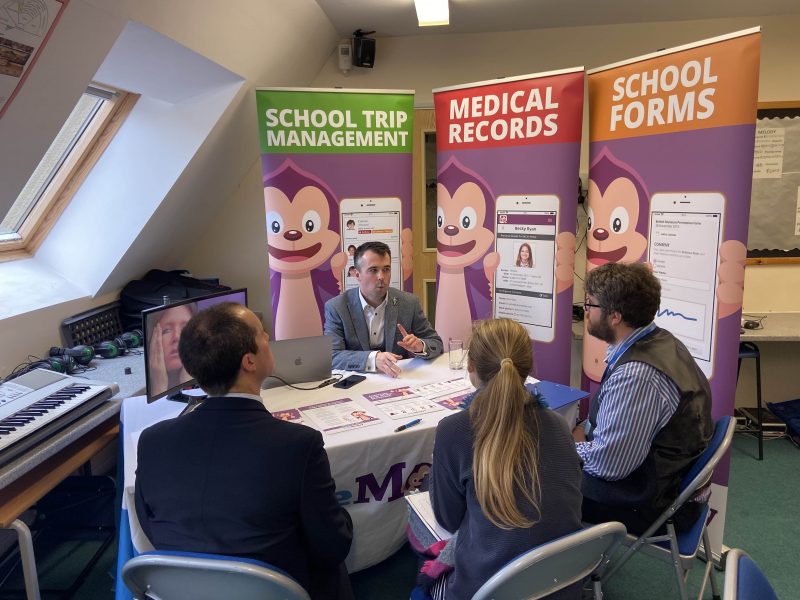

We live in times of innovation and creativity. New ways of living and working emerge every day. Across our communities we can see integration replacing segmentation. CLIL (Content and Language Integrated Learning) is one example of this process. It promotes convergence between the learning of content – school subjects like math and geography – and language. CLIL is the fusion between content and language, and encourages autonomous and collaborative learning. If you want a practical insight into how the learning of both content and a second language can be combined into a single educational experience, read on.

The CLIL Approach
CLIL is a dual-focused teaching approach, in which a second language is used for the learning of both content and language. The CLIL strategy mainly consists of using a language that is not the students’ native language as a means of instruction and learning.
It is the students’ desire to understand the content that motivates them to learn the language. In language classes in particular, students will learn more if they are not simply learning language for language’s sake, but using it to accomplish concrete tasks and learn new content.
The Benefits of CLIL Teaching
The main focus of CLIL is on content as opposed to form. Learning language patterns by heart and memorizing facts in any subject area are unlikely to contribute to their long-term acquisition. For people to acquire new knowledge and skills, they usually need not only to access new information, but also to connect that information with their own existing knowledge and skills.
It is widely accepted that we usually acquire our first language effortlessly and rapidly. One distinguishing feature of CLIL is to replicate the conditions to which infants are exposed when learning their native language. CLIL aims to expand the student’s learning capacity by tuning into the natural way the child learnt his or her first language. Language becomes the means and not the goal.
A CLIL Lesson in 60 Minutes
A typical CLIL lesson plan could include the following:
General Tips on Teaching CLIL
For many teachers, just thinking about developing a CLIL programme can be overwhelming and sometimes confusing. Like any instructional method, it requires a certain amount of dedication from the teacher. But the benefits of CLIL in language teaching are manifold. It can be a very intuitive, natural way to teach and learn. Most of all, it can do wonders with student motivation and create a sturdy scaffolding on which to build linguistic progress.
See more content from Savas at https://www.brightclassroomideas.com/